Every type of e-bike explained
As the electric bike market expands to cover every type of riding, here's our breakdown of all the different options available
Tom Hallam-Gravells
Online Production Editor
© (L-R, T-B) Canyon, KBO Bike on Unsplash, GCN, Orbea
E-bikes now come in many forms
Choosing an e-bike used to be a simple task as there were only a slim number to pick from. That has all changed, however, as electric bikes have undergone a popularity boom over recent years, leading to a huge market that covers virtually every type of riding possible.
Whether you’re looking for an off-road machine, a performance road e-bike or something to help whip you into better fitness, there’s an e-bike for everyone. The only problem is the number of options, as wading through them all to find the right one can be tricky.
Fear not! In this guide we’ll take you through every type of e-bike available, and which type is best for different needs.
What are the different types of e-bike?
E-bikes are like regular bikes except for one obvious difference: their motors. These motors assist as you ride but, contrary to some myths, e-bikes don’t operate like mopeds. Instead, you only receive assistance as you pedal, which also debunks the myth that e-bikes are ‘cheating’ and not a legitimate form of exercise.
Not all e-bike motors are built the same and they deliver different amounts of power, although the maximum assistance they can provide is often capped by laws. For example, in the UK, e-bikes can’t provide assistance beyond 15.5 mph.
The motors on e-bikes are paired with batteries, which supply power to the motors. These have the biggest effect on an e-bike’s range, which can vary from as little as 20km all the way up to over 100km. It’s easy to track the battery level, which in turn helps to avoid a flat battery during a ride, but e-bikes can also function as regular bikes without assistance should you have a battery mishap.
With that overview out of the way, let’s take a look at the different types of e-bike available.
Mountain e-bikes
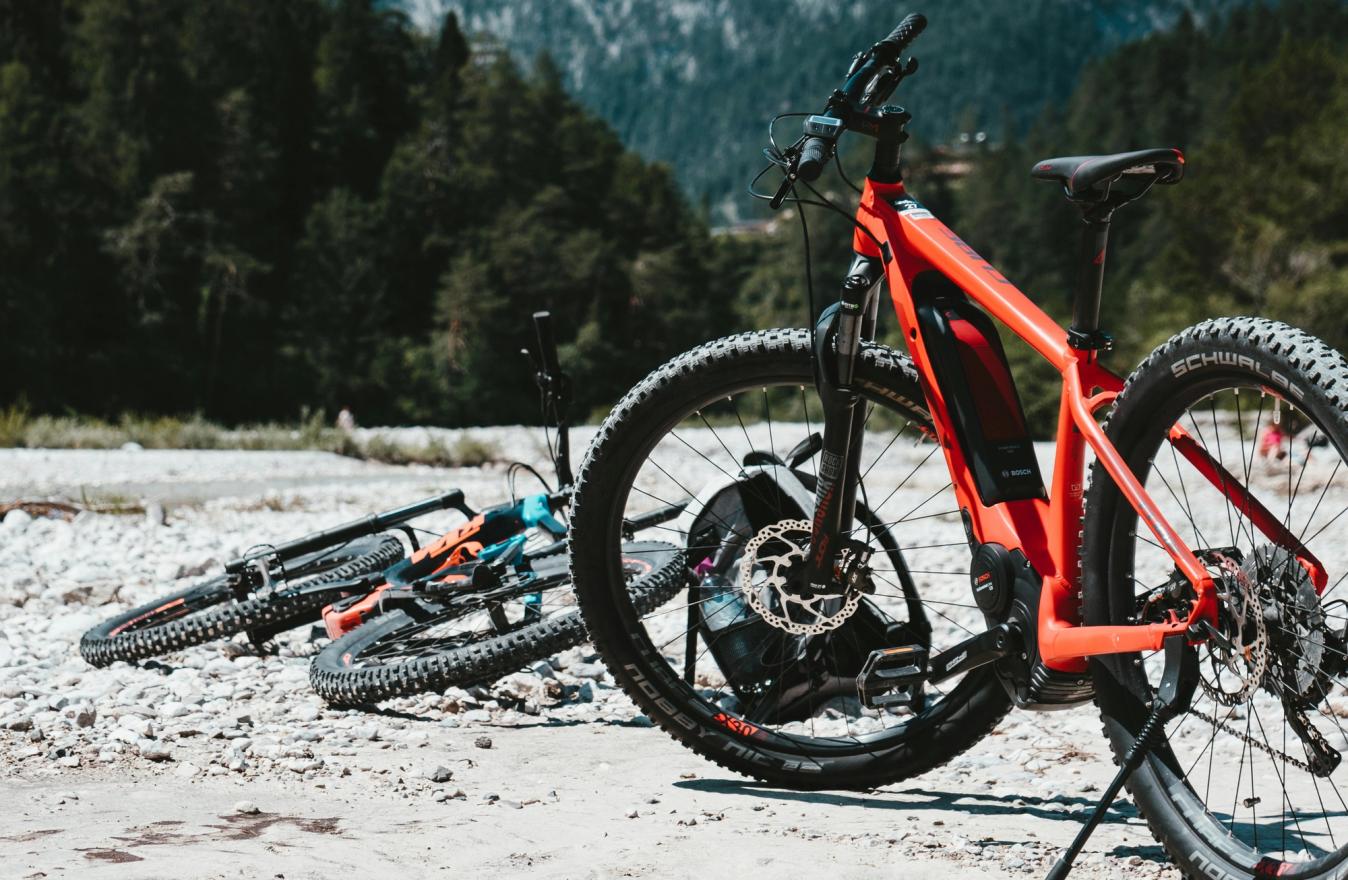
© Julian Hochgesang on Unsplash
Electric mountain bikes can lengthen your adventures and take you to the top of the descents
Similar to standard mountain bikes, electric mountain bikes are designed for off-road terrain, except they also benefit from an added motor that will assist you throughout your adventure. This added power can be really handy when grinding up tough inclines, which are a common feature on mountain bike trails.
Electric mountain bikes come in all different shapes and sizes, essentially mirroring the selection that is available for their mechanical cousins. This includes hardtails, which only have a rear suspension, and full suspension bikes, while some may not have a suspension at all.
Beyond the suspension, the material of the frame is another major difference. Carbon frames are generally more performance-orientated, while alloy frames are more affordable and are widely regarded as being more robust too.
Road e-bikes
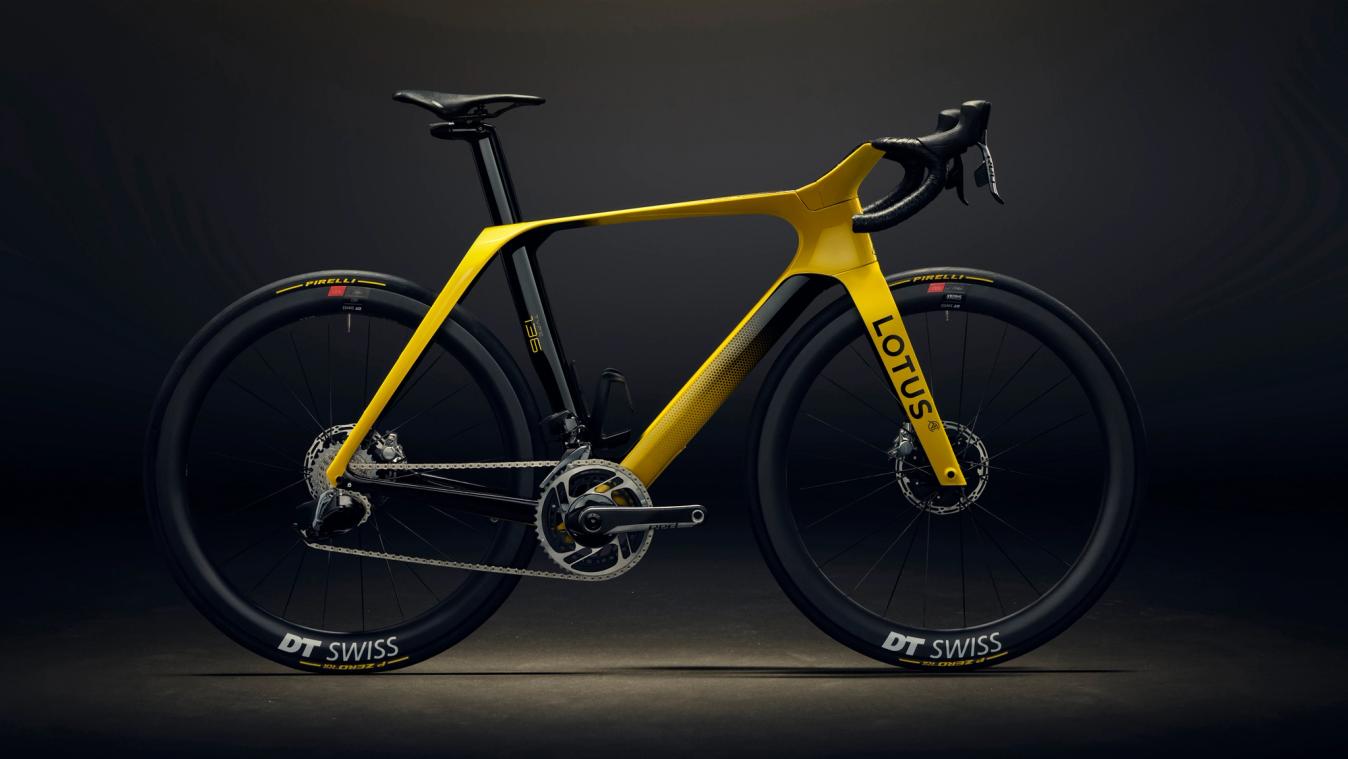
© Lotus
E-bikes are coming in ever more 'performance' oriented forms, like this lavish offering from Lotus
The market for road e-bikes has grown rapidly in recent years and, from aero-focussed to more relaxed endurance models, there’s something for every type of tarmac-faring rider.
Of all the different disciplines, road bikes generally travel the furthest distance, so the range of the battery is going to be the biggest consideration.
It’s important to remember too that the assistance levels are capped at speeds that many road cyclists often exceed, so you may only end up using the assistance on hills, but that’s why many road cyclists opt for an e-bike in the first place.
Gravel e-bikes

© Canyon
Canyon's Grizl:ON is an adventure-minded gravel e-bike
Gravel riding is the fastest-growing discipline in cycling, spurred on by the burgeoning gravel scene in the US. It has ignited the adventure spirit in amateur and pro riders alike, while e-bike brands have also hopped aboard the craze too.
Gravel bikes are essentially a blend of road and mountain bikes. They cut the same performance-orientated silhouette as road bikes, usually with dropped bars, but feature some off-read features such as wider tyres. Many also borrow other mountain bike tech, like front suspensions and dropper posts.
There are now a wide number of gravel e-bikes available that cover the whole spectrum, from more race-oriented models to outright adventure machines.
Hybrid e-bikes
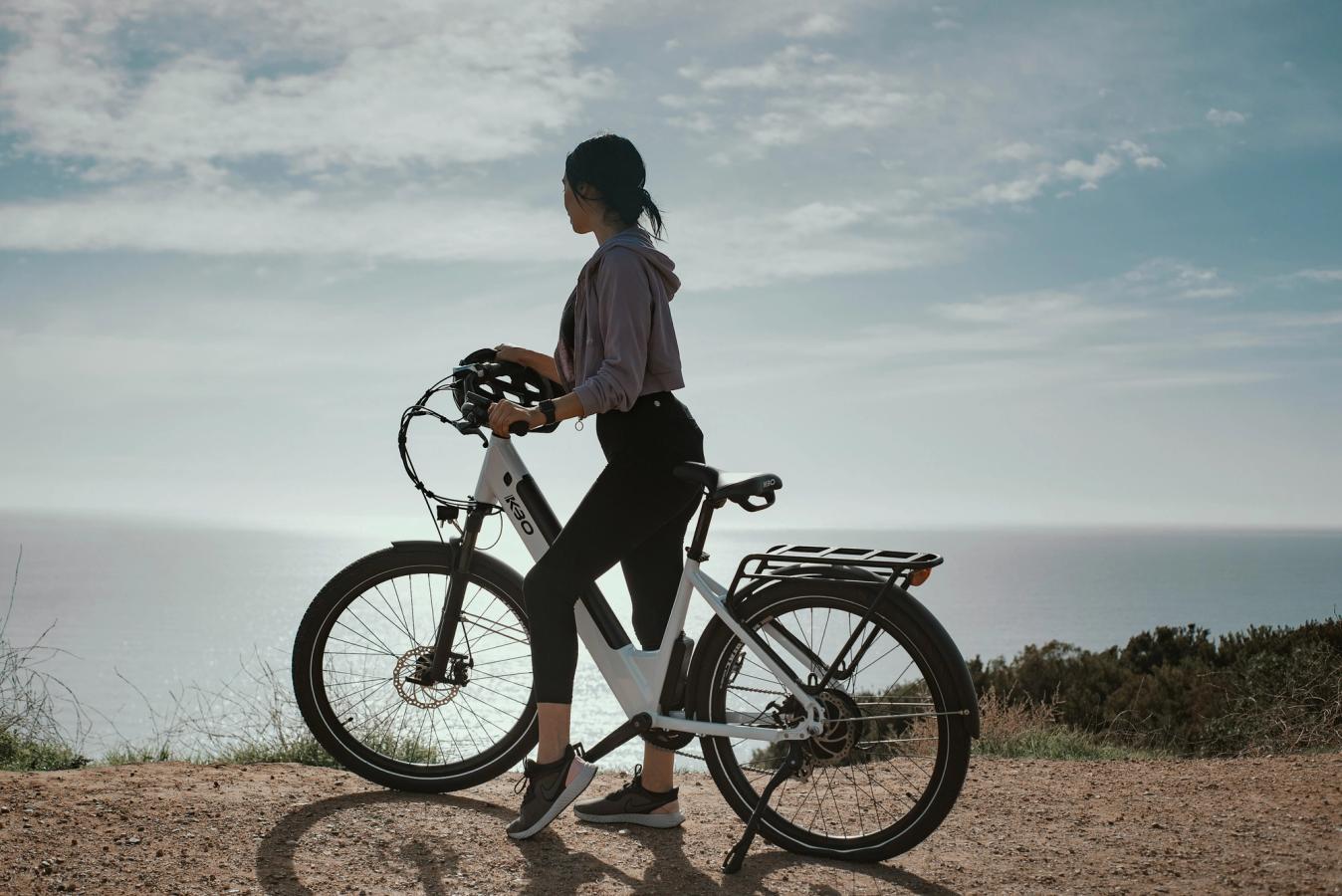
© KBO Bike on Unsplash
Hybrid e-bikes can be great for general fitness
Hybrid bikes have been the choice for city dwellers for many years now, offering a convenient and commuter-friendly option for urban riding. They’re also essentially a mix between a road and mountain bike, just like gravel bikes, which provides a good insight into the sometimes perplexing world of bike types. However, hybrid bikes are more similar to road bikes, with the addition of flat handlebars.
As many newer cyclists choose hybrid bikes, it’s perhaps not too surprising that the discipline has been leading the way in the e-bike world for many years.
Other disciplines have now caught up but there are still many electric hybrid bikes available.
Folding e-bikes
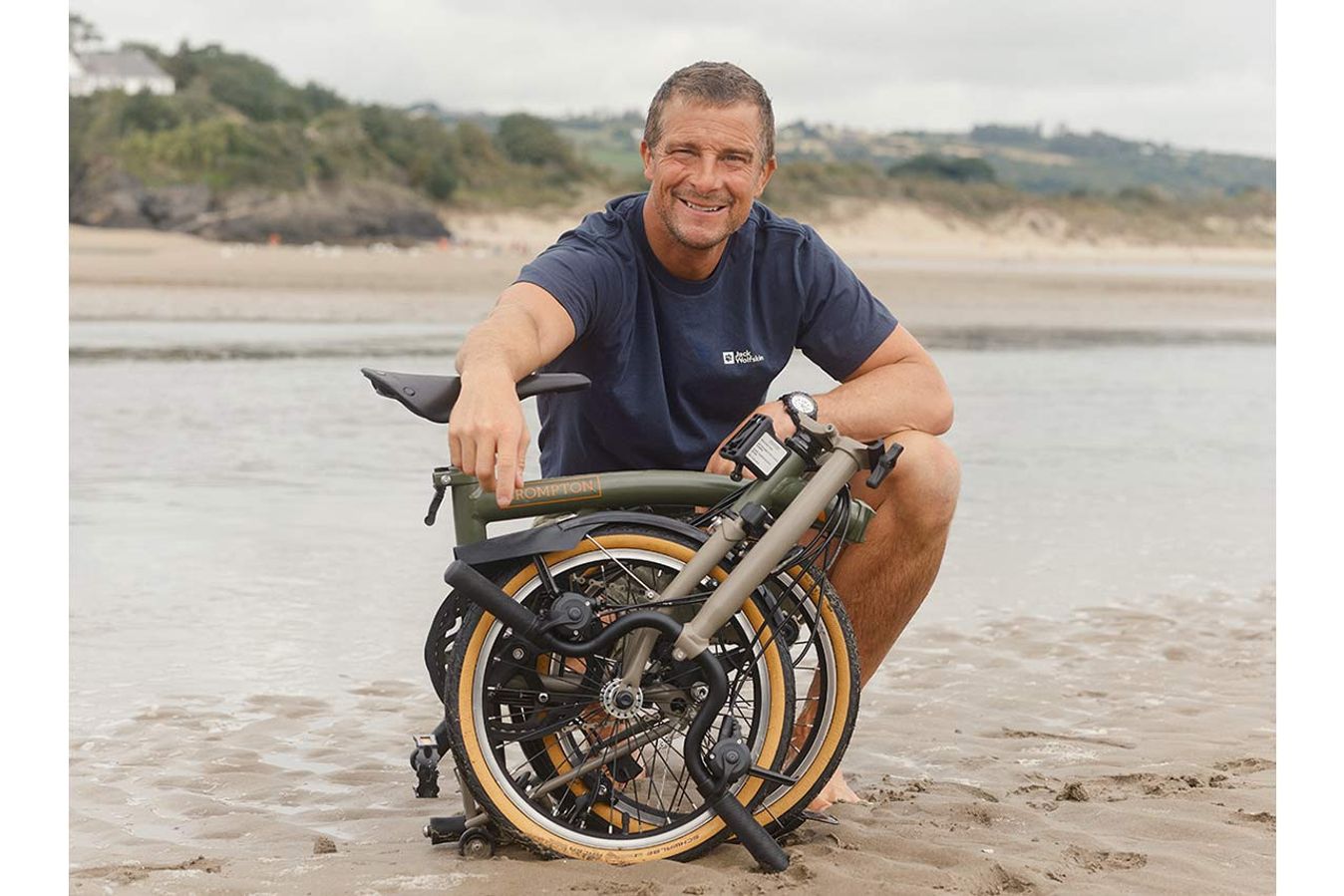
© Brompton
Even folding bikes can take motors these days
Folding bikes are another great option for getting from A to B for city dwellers, who often don’t have space in their house or destination for a bulky bike.
As the name suggests, these have joints in the frame that allow the bike to be folded into a more compact shape. Convenience is the name of the game, which is why they’ve become popular for commuting.
E-cargo bikes

© GCN
Cargo bikes benefit from a motor to lug around the extra weight
Another bike whose name gives away its purpose, cargo bikes are designed for carrying cargo around. The designs can vary greatly, with some having front storage, while for others it’s at the rear.
In the complete opposite style to folding bikes, cargo bikes are generally much bulkier, but that’s all part of their purpose. The motor on an e-cargo bike can be especially useful as the added weight from the cargo can make getting up even short inclines a painful task.
What type of e-bike is best for off-road riding?
Mountain e-bikes are most obviously best equipped for off-road riding, but they may not always be the ideal option. Ultimately, it’s all down to the type of terrain you’ll be riding.
If it’s seriously rough or technical off-road terrain, then a mountain e-bike will be the best choice.
Electric gravel bikes start honing into view when things become a little less technical, such as loose track and, rather obviously, gravel. Some models on the extreme adventure side of the scale may be suitable for slightly tougher terrain, but we’d generally stick to a mountain bike if you’re in doubt.
Best type of e-bike for commuting
A commute can take on many different forms and the right bike will vary according to this.
For relatively short distances, a hybrid bike is often the best option. They’re geared towards city riding, so are well-equipped for a ride to work.
Some commuters travel greater distances, at which point a kilometre-munching electric road bike may be the better option. These are better over longer distances, but they put the rider in a slightly more aggressive position, which can be uncomfortable if you’re not used to it.
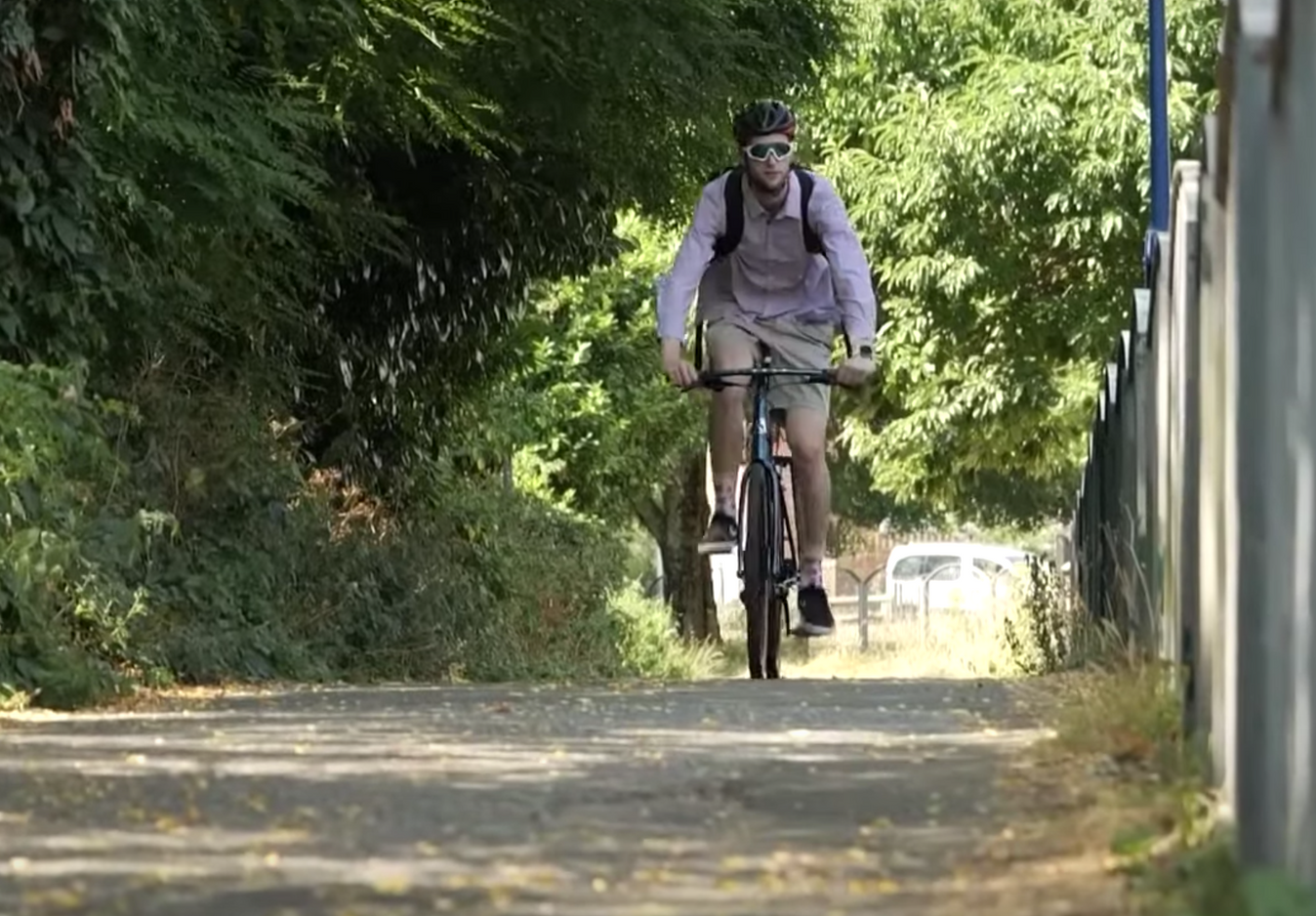
© GCN
E-bikes can take the sting out of your commute
Sometimes you may need to mix your ride up with public transport. Folding bikes are specifically designed for this purpose, with their compact design making them a convenient option. This design is also handy if you’re short on storage space for a bike at work or home.
It’s important to remember here that a commute to work doesn’t have to stick to smooth tarmac. Mixing things up can be lots of fun and a great way to shake up your daily routine. This could be by taking a slight off-road detour or sticking to canal paths. For this, an off-road gravel or mountain bike can be useful. However, we’d only opt for one of these if you plan to take the adventure route for your commute on a regular basis.
Read more: Cycle to work – What's the best bike for your commute?
How to choose an e-bike for recreational riding
While we often view bikes as functional machines, they’re also lots of fun to ride. For some, riding a bike is solely about enjoyment, but the key to maximising this joy is finding the correct type of bike.
This is a fairly simple process of breaking down exactly where you want to ride. Then go through the different types of e-bikes listed above and decide which one best meets that criteria.
If you’re still unsure, head into your local bike shop where they’ll help you to narrow down the options, plus they will also usually let you take a bike for a test ride before making a purchase.
What type of e-bike will help me get fit?
Cycling is a great way to improve fitness, but e-bikes are often stigmatised, with many believing that you lose the fitness benefits due to the assistance. While the assistance will pick up some of the slack, you still have to pedal, so you’re still exercising.
This is the same for every type of e-bike, so there isn’t one type that is better than the others for building fitness. The key is to simply find a bike that you enjoy riding, and improved fitness will come as an added side bonus. If you fixate too much on losing weight or any other fitness goals, it can take the enjoyment out of riding.
So, first of all, find a bike that you enjoy riding and make sure you’ve caught the cycling bug before you start setting too many fitness goals. If you find that these goals start eroding your enjoyment of cycling, scale them back.
For more e-bike features and buying advice, check out the ‘Tech’ section on the GCN website.
.png%3Frect%3D99%2C0%2C1803%2C1200%26w%3D1280%26h%3D852%26auto%3Dformat&w=3840&q=90)





.jpg?w=600&auto=format)



